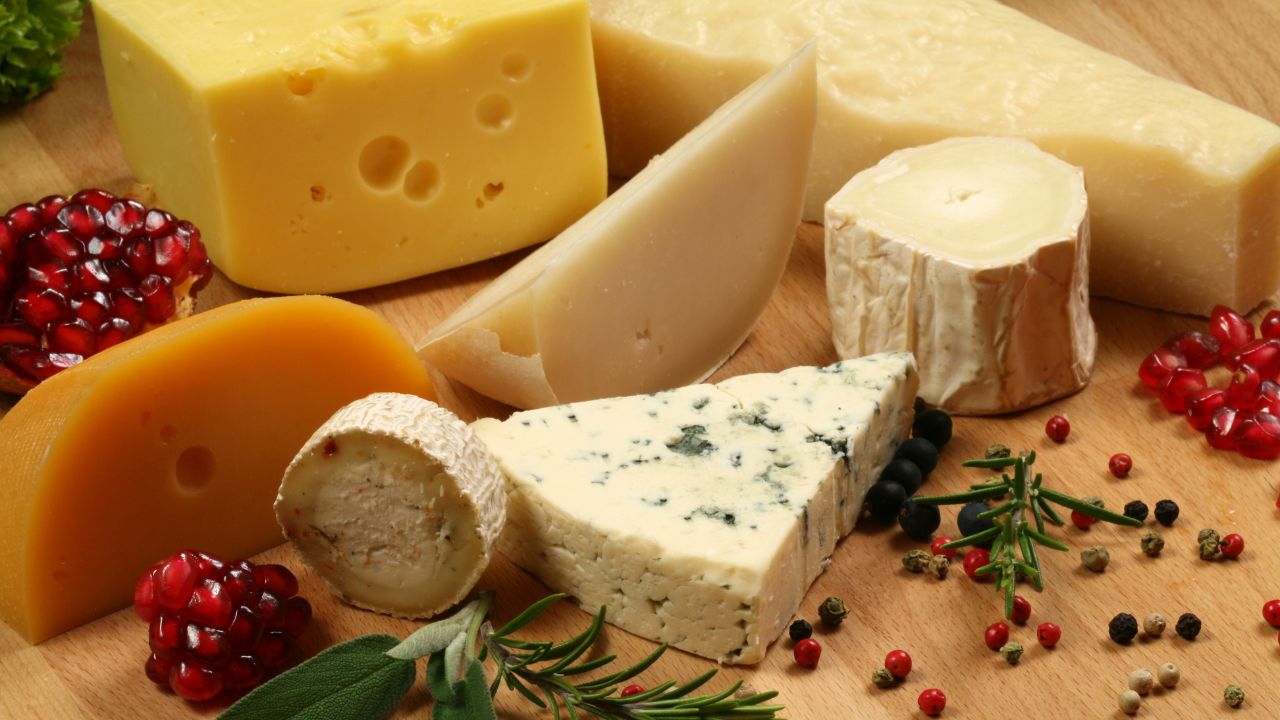
Chamberlains of London – Expensive Cheeses captivate food lovers not just because of their taste but also because of the complex stories behind their creation. Some cheeses command astronomical prices due to rare ingredients, labor-intensive processes, and historical value. Cheese making is an ancient craft dating back thousands of years when people accidentally discovered the coagulation of milk in animal stomachs. Since then, techniques evolved around the world, resulting in over 1,800 varieties. The richness in protein, calcium, vitamin B12, vitamin D, and healthy fats make cheese both nutritious and versatile. Many cheeses are commonly used in dishes or as snacks, but the rarest cheeses fetch thousands of dollars per kilogram. Factors like the milk source, rarity of the animal, or special aging processes contribute to their high market value. Some cheeses even feature gold leaves or exotic spices, elevating both their luxury status and culinary experience.
Expensive Cheeses such as Pule from Serbia reach prices of $1,300 per kilogram due to their rare ingredients. Pule Cheese is made from Balkan donkey milk, which requires 25 liters of milk to produce a single kilogram. One donkey only produces about 1.5 to 2 liters per day, making it a painstaking process. Balkan donkeys are extremely rare, and their milk spoils quickly if not handled immediately. Cheesemakers carefully coagulate the milk and allow it to mature for several months. The resulting cheese has a crumbly texture and a flavor reminiscent of manchego, with nutty, earthy, and slightly creamy notes. Pule is highly sought after by gourmets and collectors who want to experience a unique luxury taste. Its rarity and labor-intensive production make it a true culinary treasure, showcasing how premium ingredients and careful craftsmanship create one of the most expensive cheeses in the world today.
Expensive Cheeses produced in Sweden include Moose Cheese, which relies on milk from moose that can only be milked during the summer. Only three moose are milked for this cheese at Elk House, making production extremely limited. Milking these animals requires special conditions and expert handling to avoid stress, contributing to the cheese’s rarity. Moose Cheese costs around $500 per pound due to its scarcity and exceptional quality. The cheese has a soft, creamy texture and contains 12 percent fat, giving it a rich, indulgent flavor. Its protein content also makes it highly nutritious. Gourmet enthusiasts prize Moose Cheese not only for its taste but also for the extraordinary process behind it. The combination of limited milk supply, careful handling, and artisanal skill makes it one of the rarest and most expensive cheeses globally, drawing attention from collectors and chefs alike.
Expensive Cheeses from Spain include Cabrales, a bold blue cheese made in the Picos de Europa mountains. It blends cow, goat, and sheep milk and is matured in natural caves with high humidity, giving it a strong, spicy flavor and complex aroma. This traditional cheese holds the Denominación de Origen Protegida certification to guarantee its authenticity. Cabrales has fetched remarkable auction prices, with a record sale of $32,374 for 2.2 kilograms. Its unique taste and rarity make it a prized delicacy for cheese lovers. The fermentation in natural caves enhances its flavors, creating an intricate taste experience unlike any ordinary cheese. Culinary enthusiasts value Cabrales for its intensity and historic significance in Spanish cuisine. Its careful production, limited supply, and bold flavor profile justify its status as one of the most luxurious cheeses available.
Expensive Cheeses also include White Stilton Gold from England, a cheese adorned with edible gold leaves and cinnamon schnapps. Only six licensed producers can make it in Derbyshire, Leicestershire, and Nottinghamshire. The cheese combines sweet, sharp, and savory flavors, making it ideal for gourmet desserts and fine dining presentations. It sells for $400 to $450 per kilogram due to its craftsmanship and exclusivity. Gold decoration adds a luxurious touch and creates a visually stunning product. White Stilton Gold is often paired with fruit or wine, enhancing its flavor profile and sophistication. The meticulous production, limited availability, and luxurious embellishments make it a must-try for connoisseurs. This cheese exemplifies how rare ingredients and creativity elevate simple dairy into a high-end culinary experience.
Expensive Cheeses from Italy include Caciocavallo Podolico, made from milk of Podolica cows that graze freely on mountain grass. The milk is rich and flavorful, contributing to the cheese’s distinctive taste. It requires up to two years of aging to develop a firm texture and complex, slightly spicy flavor. This cheese sells for $150 per kilogram, reflecting both the rare milk source and lengthy maturation process. Chefs often use it in pasta dishes or as a main course ingredient. Its exclusivity, natural production, and high quality make Caciocavallo Podolico one of Italy’s most valued cheeses. The care taken in feeding, milking, and aging these cows ensures a cheese that combines tradition, flavor, and rarity in every bite.
Expensive Cheeses achieve high prices because of rare milk sources, including donkey, moose, or mountain cows. Limited production and years-long maturation processes also increase their value. Exclusive availability, such as only a few licensed producers, drives demand among collectors and gourmet chefs. Unique flavors, textures, and visual presentation add artistic appeal. Luxury cheeses often feature gold or special aging techniques. Their scarcity, combined with exceptional taste, positions them as symbols of culinary prestige. Buyers often seek these cheeses as gifts, investments, or unforgettable dining experiences. Each cheese tells a story of cultural heritage, artisanal craftsmanship, and gastronomic sophistication. These factors explain why these cheeses transcend ordinary dairy products and command astronomical prices worldwide.
This article is sourced from inilah and for more details you can read at chamberlainsoflondon
Writer: Sarah Azhari
Editor: Anisa